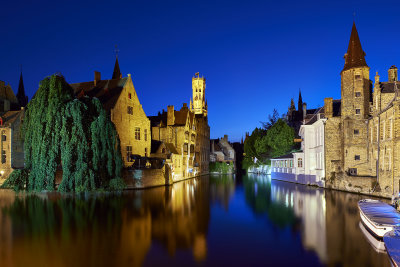Since the announcement of the new Nikon Z 180-600 I was very curious on how the minimum apertures would behave across the focal range of the lens. I've now found the information on one of Matt Irwin's videos (as a plus, it is immediately compared to the Sony 200-600).
I thought I might as well share it here for people who are looking for the same information. It seems as if the difference with the 200-500 f5.6 is even less than we thought. The lens only goes to f/6.3 at 480mm! Another happy surprise for me after the internal zoom and the additional 20mm on the wide end, looking forward to receiving my copy!

Nikon Z 180-600 minimum apertures compared to Sony 200-600
--
Elias
Wildlife Photography
https://www.sixelias.com | IG: sixelias_photography
I thought I might as well share it here for people who are looking for the same information. It seems as if the difference with the 200-500 f5.6 is even less than we thought. The lens only goes to f/6.3 at 480mm! Another happy surprise for me after the internal zoom and the additional 20mm on the wide end, looking forward to receiving my copy!

Nikon Z 180-600 minimum apertures compared to Sony 200-600
--
Elias
Wildlife Photography
https://www.sixelias.com | IG: sixelias_photography


